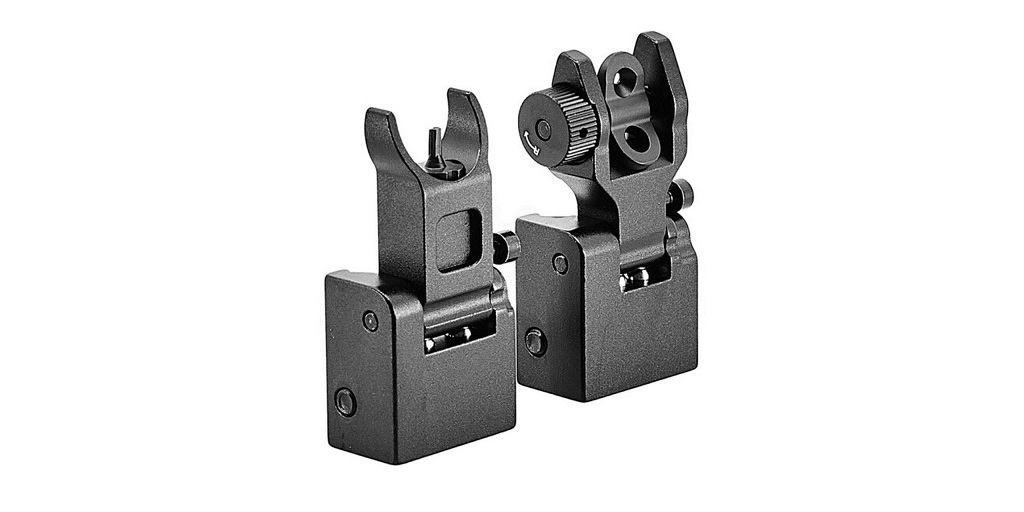Whether you own a gun or just watch a lot of law-and-order-esque shows, you’re familiar with the Harries Flashlight Technique.
It is a method for illuminating the space in front of a weapon in the absence of a WML, for the purpose of identifying friendly and hostile targets, such as while clearing a room.
In it, the shooting hand supports the handgun, while the support hand reverse-grips a flashlight, crosses under the wrist of the shooting hand, and shines the light forward. This provides a modicum of stability to the shooting hand while supplementing the lack of a weapon lighting system.
But is the Harries Flashlight Technique really practical in real-life encounters? Here’s what we have to say on the matter.
The Main Advantage
You can say whatever you want about the Harries Flashlight Technique; it actually does have one huge advantage over traditional WMLs.
You don’t need to be pointing the light and the muzzle in the same direction at the same time if you don’t want to.
This allows you to train your muzzle slightly off the projected path of the light’s beam, preventing you from unintentionally muzzling friendly targets. In less than a quarter second your sights can be back on target.
That’s the good news – what about the impractical nature of it all?
The Not-So-Good News
While this method of supplementing your weapon with light has the distinct advantage of being separate from the weapon, there is one big drawback – far less support for the shooting hand.
While the “light hand” can be used to support the wrist of the shooting hand, stabilizing the sights of the weapon, it does little if anything to contain recoil or muzzle jump.
For smaller framed shooters, this means the entire handgun’s recoil must be managed with one hand – which can be difficult, especially when shooting bigger bore handguns.
So what’s the alternative? A rail-mounted light, of course.
Are There Alternatives?
Obviously, you don’t need to use this technique. You can purchase a handgun with a section of Picatinny rail under the barrel and mount a light directly to that.
CAA USA also makes MCK Micro Conversion Kits that are compatible with many Sig Sauer, Smith & Wesson, and Glock handguns, like the Glock 17, Glock 19, and even Glock 22. These conversion kits transform handguns into a much more stable platform, like a sporting rifle or an SBR.
These require no modifications to the handgun and are quick and easy to set up and accessorize. Simply drop your handgun in and start adding onto the platform.
CAA USA also makes a number of MCK accessories for MCKs and Micro Roni Conversion Kits, including red dot sights, flip-up sights, charging handles, thumb rests, optics, glass breakers, and of course, weapon lights. They also sell full upgrade kits.
Where Can I Get High-Quality Rail Mounted Lights and MCK Accessories?
Whether your pistol already has a section of rail and you only need a rail-mounted pistol light, or you’re interested in MCK accessories for your MCK Gen2, check out MCS Gearup at MCSGearup.com. They carry a huge collection of gun parts, upgrades, and shooting accessories, including MCK accessories, at great prices.
Visit their website and get in touch with them at 239-848-6757 or contact them at [email protected] if you have any questions.



